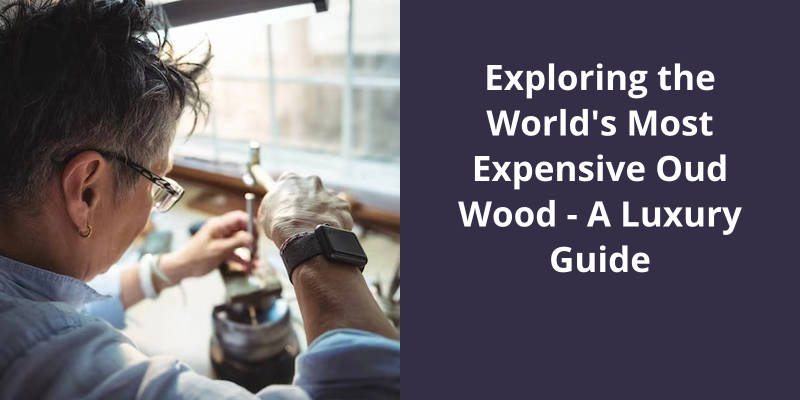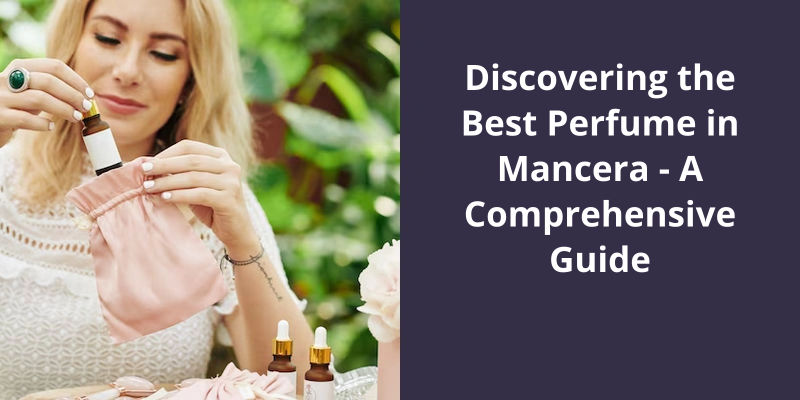Exploring the world’s most expensive oud wood leads us to the heart of Southeast Asian rainforests. Often known as “liquid gold,” oud wood is actually the product of a certain type of tree, the Aquilaria tree, guarding itself against a specific mold. The heartwood’s fragrant resin, formed in response to this mold, is highly sought after. As it breathes and ages, it produces the unique, rich scent that the perfume and incense industries treasure. One of the most expensive types is the Kinam variant of oud, native to Vietnam; a single gram could cost you up to $800, or even more. The steep price is due to the rarity and time-intensive process of acquiring oud, emphasizing its significance in the luxury world. Whether you prefer its strong, complex aroma for personal use or as an investment, oud wood is truly a luxurious treasure.

Is Agarwood the Most Expensive Wood in the World?
Agarwood, also known as aloeswood, eaglewood, or gharuwood, is a highly sought-after and precious hardwood. It’s often used in the production of luxurious perfumes, high-quality incense, and intricate wood carvings. What sets agarwood apart from other woods is it’s extravagant price tag, making it the most expensive wood in the world today, with prices reaching up to $100,000 per kilogram.
The unique and captivating aroma of agarwood makes it immensely popular in the fragrance industry. It’s fragrance is described as both woody and sweet, with hints of earthiness and spice. Due to it’s rarity and high demand, agarwood has become a symbol of luxury and exclusivity.
The origin of agarwood lies in the aquilaria trees found in Southeast Asia, particularly in countries such as Malaysia, Indonesia, Thailand, and Cambodia. Interestingly, agarwood isn’t naturally formed but is a direct result of a mold infestation in the inner heartwood of the aquilaria trees. This mold triggers a defense mechanism within the tree, causing it to produce a dark resin called aloes.
The process of harvesting agarwood is an intricate and time-consuming one. It requires skilled craftsmen to identify the infected trees and extract the resin-rich heartwood carefully. Traditionally, agarwood was harvested from wild trees, adding to it’s rarity and hence the steep price. However, with increasing demand, agarwood is now being cultivated, albeit with a longer maturation period.
This surge in demand has further propelled it’s price, making agarwood a highly lucrative investment for collectors and enthusiasts alike.
Agarwood as an Investment: Explain Why Agarwood Has Become Such a Sought-After Investment and the Potential Risks and Rewards Associated With It. Discuss the Market Trends, Challenges, and Opportunities for Agarwood Investors.
- High Demand: Agarwood has gained immense popularity as a valuable investment due to it’s increasing demand in various industries such as perfumery, medicine, and religious ceremonies.
- Profit Potential: The scarcity of agarwood coupled with it’s unique aroma has led to soaring prices, making it a potentially lucrative investment option.
- Market Growth: The global agarwood market has been rapidly expanding, particularly in regions like Asia and the Middle East, offering promising opportunities for investors.
- Challenges: Agarwood cultivation is a complex and time-consuming process, involving specific conditions and years of patience before resinous wood can be harvested. This poses challenges to both plantation owners and investors.
- Illegal Trade: The increasing demand has also led to a rise in illegal logging and smuggling activities, posing a risk to investors who may unknowingly acquire illegally sourced agarwood.
- Regulation and Certification: The agarwood market lacks standardized regulation, making it crucial for investors to ensure the authenticity and legality of their agarwood products through proper certification and documentation.
- Long-term Investment: Investing in agarwood requires a long-term commitment, as the resinous wood takes several years to mature and accumulate significant value.
Conclusion
However, it’s important to note the conservation concerns associated with agarwood, as it’s source, Aquilaria, has been listed as an endangered species by CITES. This highlights the need for responsible and sustainable practices in the oud industry to ensure the preservation of this precious resource for future generations. As we continue to appreciate the beauty and rarity of oud wood, let’s also reflect on the importance of ethical sourcing and conservation efforts to protect this invaluable natural treasure.





